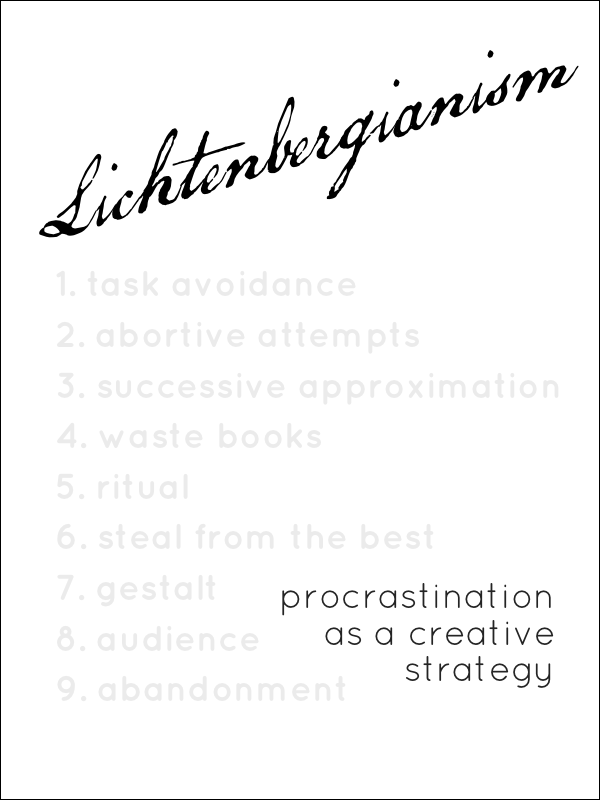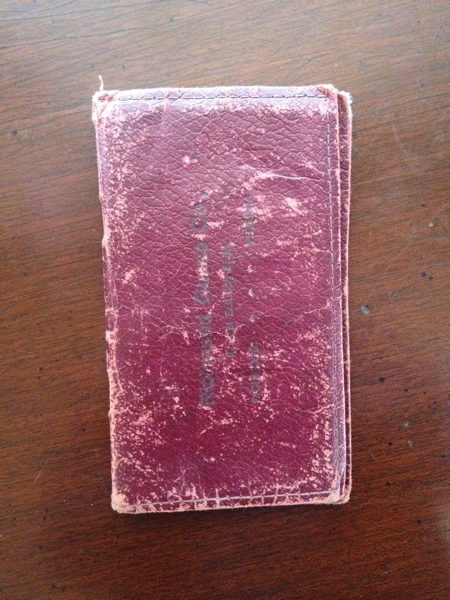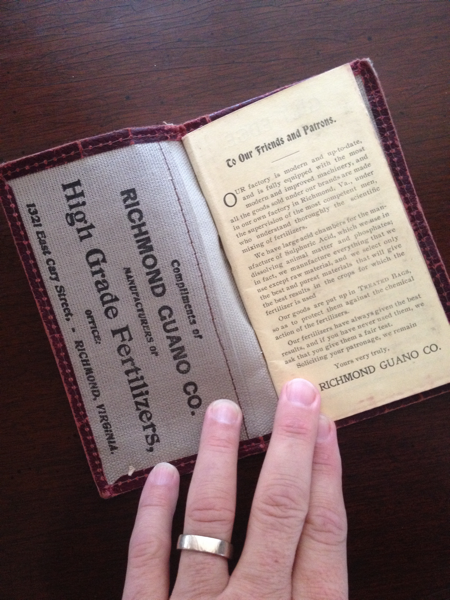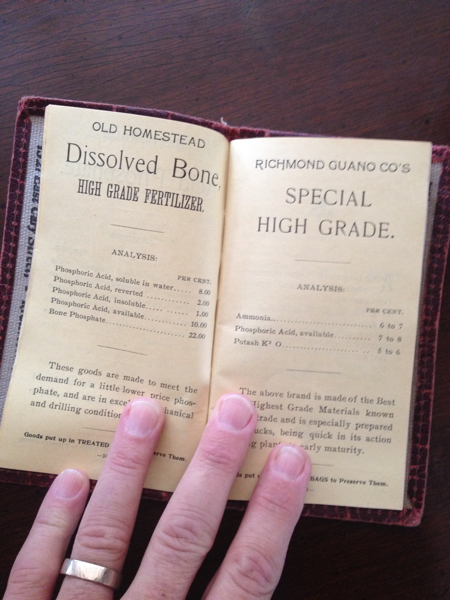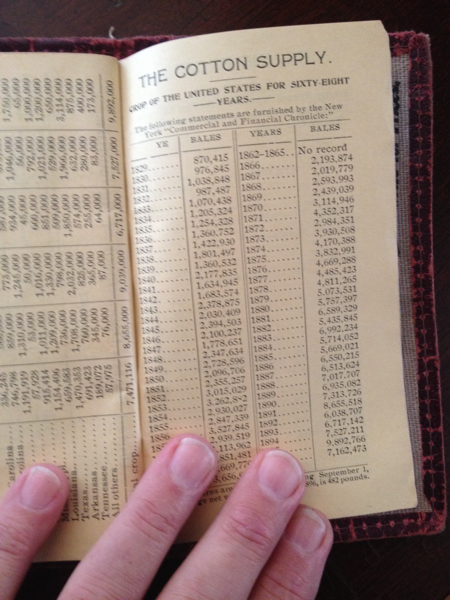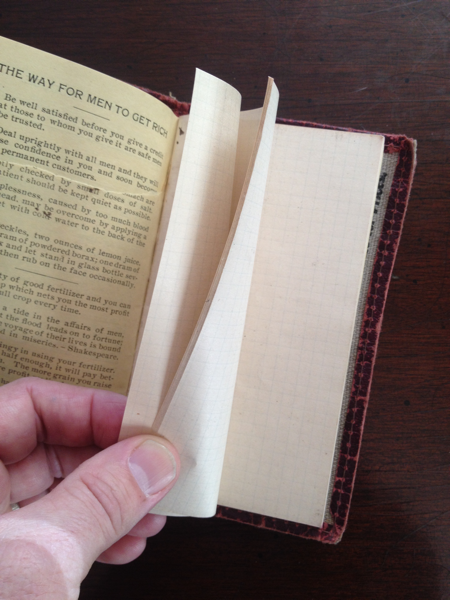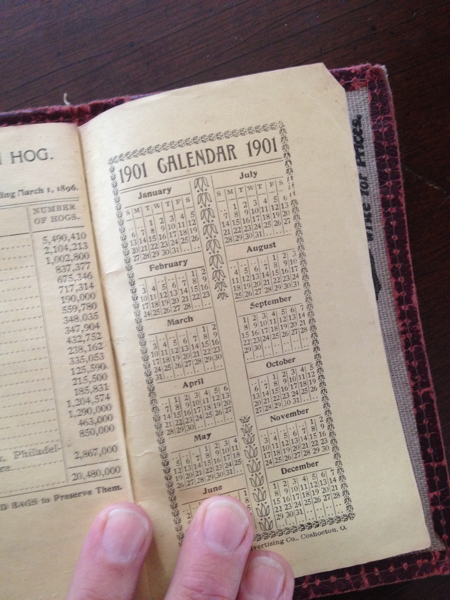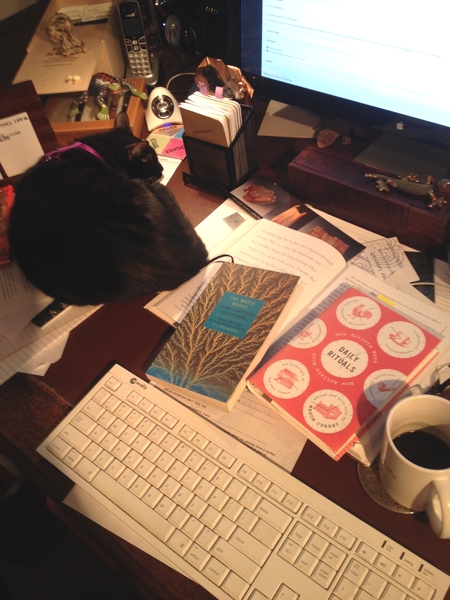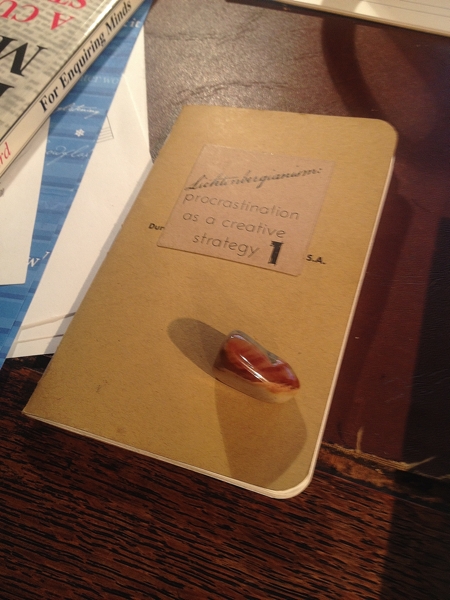Today let’s look at one of the basic premises of writing a book and getting it published: do I have a good enough idea for a book? We will pretend that we do not already know that this is the best book idea ever and explore the main questions as listed in The Essential Guide to Getting Your Book Published [hereinafter EGGYBP].
Audience. Who would be interested in reading a book about procrastinating and how to use that to become more creative?
Excellent question. As we’ll see when we go check out the competition, people really want to be more creative. They are under the impression that reading a book will help with this—and who am I to disagree? The current craze for adult coloring books, for example, feeds off this basic urge to MAKE THE THING THAT IS NOT. [1] I talk about the genesis of this book in Chapter One as springing from a seminar I did at the Governor’s Honors Program in 2013—if the students’ response to the Nine Precepts is anywhere close to representative of a populace hungry for permission to create, then I think the audience will be solid.
Who knows? This could be a niche book that only my friends and family will plow through, or it could become one of those freakish trends: “Become more creative by not doing anything!!”
Competition. If we go and look for books on creativity, there is no dearth of available titles. Why add this one?
Leave it to an independent bookseller (hi, Janet!) to immediately link to a book about the benefits of procrastination, apparently also written in an entertainingly humorous style. Missed that one in doing my research. However, in the overall philosophy of Lichtenbergianism procrastination is really just kind of a gimmick to hook the reader’s attention. There are eight additional Precepts that form a framework for getting your work done.
Also, most of the other books on the creative process are focused on specific fields: drawing, painting, writing, etc. Lichtenbergianism is a concept that is usable in every field—and not just in artistic ones. You can increase your productivity through TASK AVOIDANCE no matter what your job, hobby, or avocation is.
We’ll put off Marketability, Authority, and Salability until tomorrow.
—————
[1] In the book, I intend to set all our Precepts and Key Concepts in small caps. Since my blog doesn’t do that, I’ll put them in ALL CAPS. Ugh. Bear with me.
